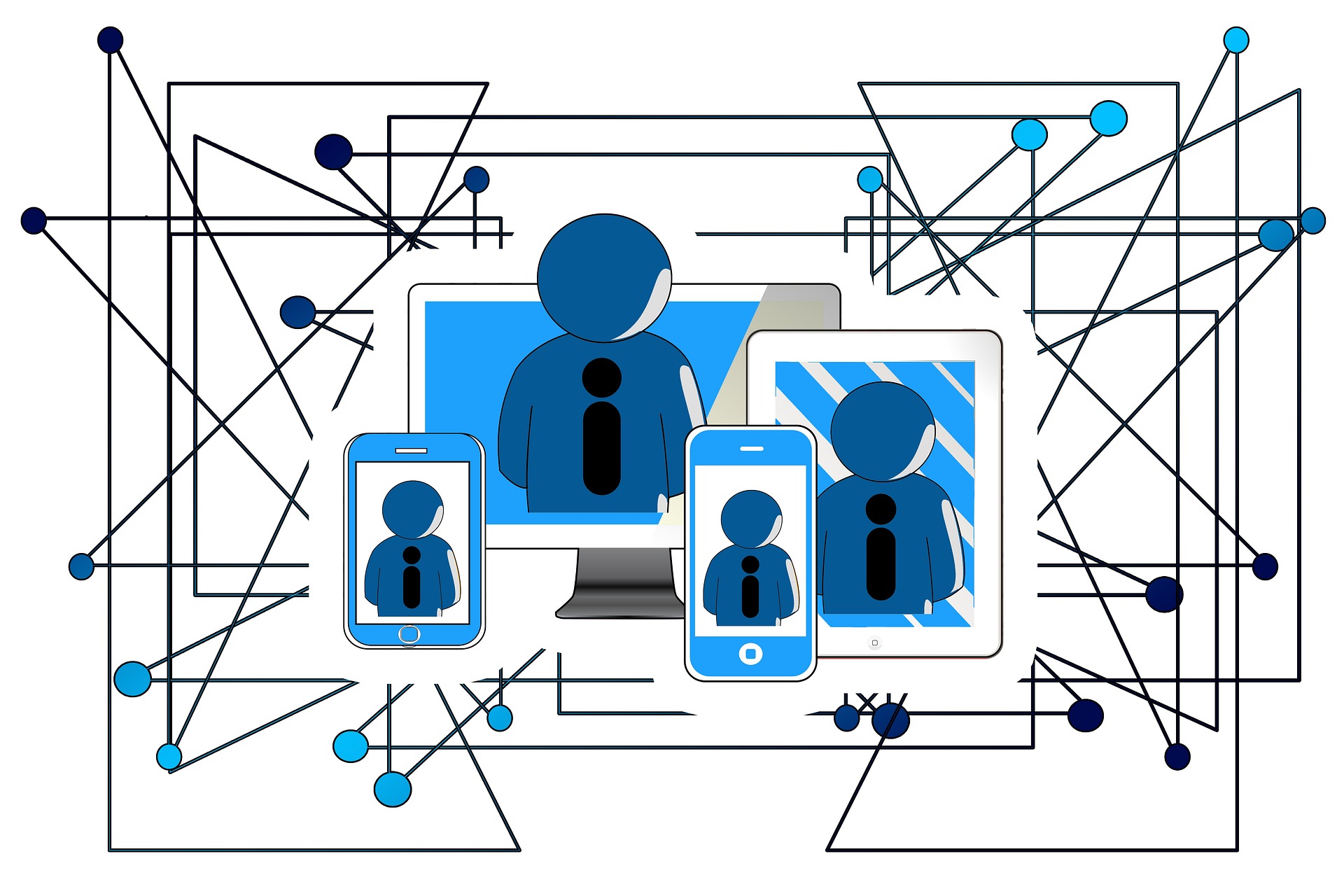The Untapped Potential of Telecommunication Towers: A Look into the Future
Telecommunication towers, the silent sentinels of the digital age, have long been an essential part of our world. Yet, as we navigate the heady realms of the 21st century, their potential remains largely untapped. How can we leverage these structures to usher in a new era of connectivity?

As we delve into the history of telecommunication towers, we unearth a fascinating tale of innovation and evolution. From their humble beginnings as simple radio masts in the early 20th century, to their transformation into the sleek, multi-purpose structures we see today, these towers are the embodiment of technological progress.
Today’s telecom towers are not just about broadcasting signals. They have evolved into multi-tenant infrastructures housing various services, from television and radio broadcasting to mobile telephony and data transmission. This multiplicity opens up a plethora of opportunities for the industry and society at large.
Some of the current trends in the telecom tower industry include the shift towards renewable energy for powering the towers, the rise of tower sharing, and the use of advanced materials for tower construction. These trends reflect the industry’s commitment to sustainability, cost-efficiency, and technological advancement.
However, regulatory changes are reshaping the industry landscape. For instance, the implementation of stricter zoning laws and health and safety regulations is pushing the industry towards more sustainable and less intrusive tower designs. Meanwhile, the emergence of new technologies like drones for tower inspection and maintenance is transforming the way the industry operates.
Telecommunication towers play a crucial role in the rollout of new network technologies. For instance, the deployment of 4G and 5G networks relies heavily on the availability and efficiency of telecom towers. However, this comes with its own set of challenges. These include the high cost of tower construction and maintenance, the issue of tower aesthetics, and the resistance from local communities.
The practical applications of telecom towers extend beyond communication. For instance, they can be used for environmental monitoring, security surveillance, and even disaster management. They can also serve as platforms for the deployment of small-scale renewable energy systems, like solar panels and wind turbines.
While the potential of telecom towers is vast, realizing it requires careful planning, strategic investments, and regulatory support. As we move forward, the industry needs to focus on innovation, sustainability, and collaboration to unlock the full potential of these structures.
In conclusion, telecommunication towers are more than just steel structures dotting our landscape. They are the backbone of our digital society and hold the key to our connected future. As we continue to push the boundaries of technology, these towers will play an increasingly important role in shaping our world. With the right approach, we can turn them into hubs of innovation and sustainability, opening up new avenues for growth and development.





